Home>Gardening & Outdoor>Landscaping Ideas>How To Plant Pasture Grass
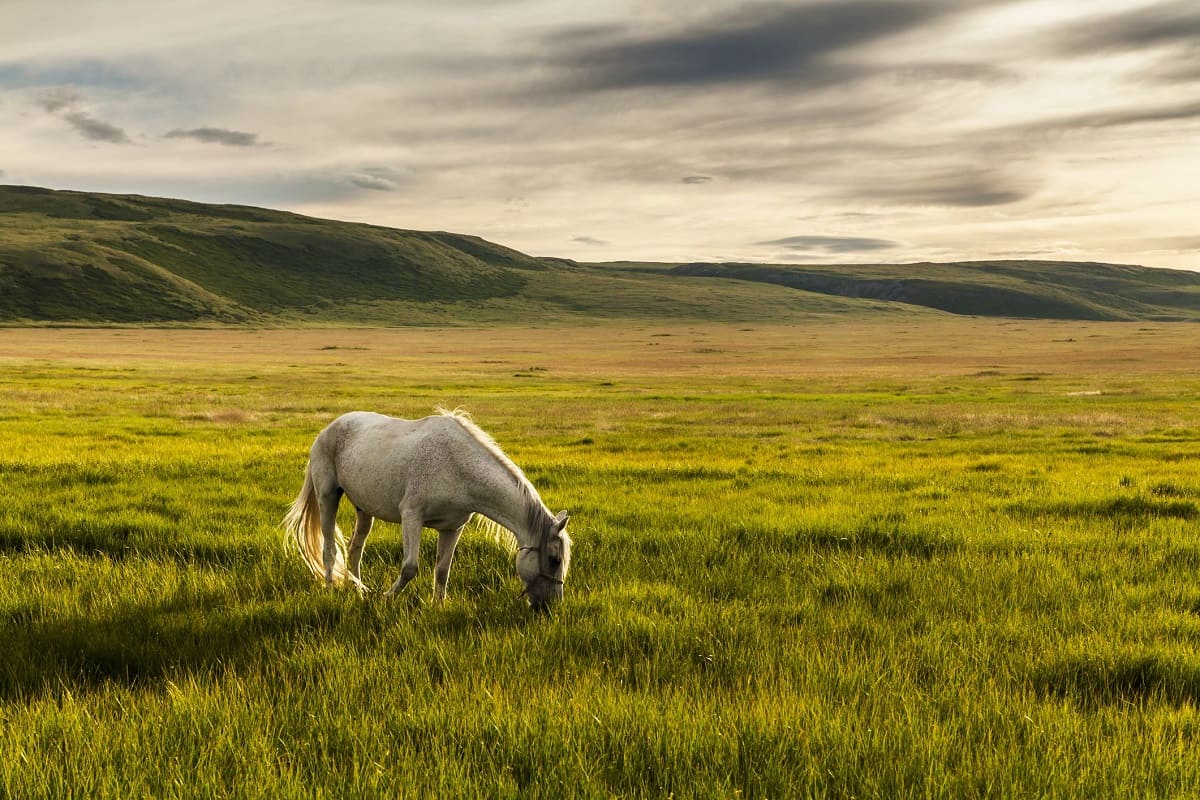

Landscaping Ideas
How To Plant Pasture Grass
Modified: August 17, 2024
Learn how to plant pasture grass and improve your landscaping with our expert tips and ideas. Create a lush and beautiful landscape with our proven techniques.
(Many of the links in this article redirect to a specific reviewed product. Your purchase of these products through affiliate links helps to generate commission for Storables.com, at no extra cost. Learn more)
Introduction
Welcome to the world of lush, vibrant pastures! Whether you’re a seasoned farmer, a dedicated gardener, or a nature enthusiast looking to revitalize your landscape, planting pasture grass can significantly enhance the beauty and functionality of your outdoor space. From providing nourishment for livestock to creating a picturesque backdrop for your property, the process of planting pasture grass is both rewarding and transformative.
As you embark on this green-fingered journey, it’s essential to arm yourself with the knowledge and techniques required to ensure the successful establishment of a thriving pasture. This comprehensive guide will walk you through the crucial steps, from selecting the right grass species to implementing effective planting and maintenance practices. By the end, you’ll be well-equipped to cultivate a flourishing pasture that not only complements its surroundings but also contributes to the ecological balance of your land.
So, roll up your sleeves, grab your gardening tools, and get ready to delve into the art and science of planting pasture grass. Whether you’re envisioning a verdant grazing area for livestock or a picturesque meadow for leisurely strolls, this guide will equip you with the expertise needed to turn your aspirations into a vibrant reality.
Key Takeaways:
- Selecting the right grass species is crucial for a thriving pasture. Consider climate, soil, use, and maintenance needs to create a resilient and beautiful landscape.
- Proper soil preparation and planting methods are essential for successful pasture grass growth. Attention to soil testing, weed control, and planting techniques sets the stage for a vibrant pasture.
Read more: How To Plant Pasture Grass For Cattle
Selecting the Right Grass Species
Choosing the appropriate grass species is the foundational step in creating a flourishing pasture. The ideal grass species for your pasture will depend on various factors, including your geographical location, climate, soil type, and intended use of the pasture. Here are some key considerations to guide you in selecting the right grass species:
- Climate Compatibility: Different grass species thrive in specific climate conditions. Warm-season grasses, such as Bermuda grass and Bahia grass, are well-suited to regions with hot summers and mild winters, while cool-season grasses like Kentucky bluegrass and fescue excel in cooler climates.
- Soil Adaptability: Assess the soil composition of your land to determine which grass species will thrive. Some species, like ryegrass, prefer fertile, well-drained soils, while others, such as buffalograss, are more resilient in drought-prone or sandy soils.
- Intended Use: Consider the primary purpose of your pasture. Are you establishing a grazing area for livestock, creating a wildlife habitat, or simply aiming to enhance the aesthetic appeal of your property? Different grass species offer varying levels of durability, palatability, and visual appeal.
- Maintenance Requirements: Evaluate the maintenance demands of different grass species. Some varieties may require frequent mowing and fertilization, while others are more low-maintenance, making them suitable for extensive pastures.
- Species Compatibility: If you plan to mix multiple grass species in your pasture, ensure that they are compatible in terms of growth habits, nutrient requirements, and seasonal characteristics. A well-balanced grass blend can contribute to a diverse and resilient pasture ecosystem.
Consulting with local agricultural extension services or experienced agronomists can provide valuable insights into the most suitable grass species for your specific area. Additionally, conducting a soil test to assess nutrient levels and pH balance can further inform your decision, guiding you toward selecting species that will thrive in your soil conditions.
By carefully considering these factors and conducting thorough research, you can identify the optimal grass species that will lay the groundwork for a thriving and sustainable pasture.
Soil Preparation
Before sowing the seeds or establishing sod, thorough soil preparation is essential to create an optimal environment for the successful growth of pasture grass. Proper soil preparation not only promotes seed germination and root development but also sets the stage for long-term pasture health. Here’s a comprehensive overview of the key steps involved in soil preparation:
- Soil Testing: Conduct a soil test to assess its pH level and nutrient composition. This analysis will guide you in determining the appropriate amendments, such as lime or fertilizer, to optimize soil fertility and pH balance for grass growth.
- Weed Control: Prior to planting, address any existing weed growth by employing effective weed control methods. This may involve manual removal, herbicide application, or mechanical cultivation to eliminate competition for resources and prevent weed encroachment on the emerging pasture.
- Soil Aeration: If the soil is compacted, aerate the area to improve soil structure and enhance water and nutrient infiltration. Aerating the soil promotes root development and overall grass vigor.
- Organic Matter Incorporation: Integrate organic matter, such as compost or well-rotted manure, into the soil to enhance its texture, moisture retention, and nutrient-holding capacity. This amendment enriches the soil, fostering a conducive environment for robust grass growth.
- Seedbed Preparation: Prepare a fine, firm seedbed by tilling the soil to an appropriate depth. This facilitates good seed-to-soil contact, which is crucial for seed germination and establishment.
- Surface Leveling: Ensure that the soil surface is uniformly leveled to prevent water pooling and facilitate even distribution of seeds or sod. Proper surface leveling promotes uniform grass growth and simplifies maintenance activities such as mowing.
By meticulously attending to these soil preparation steps, you’ll create an optimal foundation for the successful establishment of pasture grass. This proactive approach sets the stage for robust grass growth, contributing to the creation of a vibrant and resilient pasture landscape.
When planting pasture grass, make sure to prepare the soil by removing any debris and tilling it to a depth of 4-6 inches. Choose the right grass seed for your climate and soil type, and sow it evenly across the prepared area. Keep the soil moist until the grass is established.
Planting Methods
When it comes to planting pasture grass, employing the most suitable method is crucial for ensuring successful establishment and vigorous growth. The chosen planting approach, whether sowing seeds or installing sod, plays a pivotal role in determining the initial density and uniformity of the grass stand. Here are the primary planting methods for establishing a thriving pasture:
- Seed Sowing: Broadcasting seeds is a common method for establishing pasture grass. Before sowing, calibrate the seeding equipment to achieve the recommended seeding rate for the chosen grass species. After broadcasting the seeds, lightly incorporate them into the soil using a harrow or similar implement to promote soil-seed contact and enhance germination.
- Drilling: For precise seed placement and improved seed-to-soil contact, consider using a seed drill. This method facilitates uniform seed depth and spacing, optimizing germination and early growth. Adjust the drill settings according to the specific requirements of the selected grass species.
- Sod Installation: Utilizing sod, which consists of pre-grown grass with an established root system, offers a rapid and reliable method for creating an instant grass cover. When installing sod, ensure that the pieces are firmly pressed into the prepared soil to eliminate air pockets and promote seamless integration with the underlying surface.
- Hydroseeding: Hydroseeding involves spraying a slurry of grass seed, mulch, fertilizer, and binding agents onto the soil surface. This method provides excellent seed-to-soil contact and promotes rapid germination and erosion control, making it particularly advantageous for large-scale pasture establishment and challenging terrain.
Regardless of the chosen planting method, it’s crucial to adhere to recommended seeding rates, planting depths, and post-planting care practices to maximize the likelihood of successful establishment. Adequate soil moisture, protection from excessive foot traffic, and vigilant weed control during the initial growth stages are essential for nurturing the emerging grass stand.
By selecting and executing the most appropriate planting method for your specific circumstances, you’ll set the stage for the development of a robust, thriving pasture that fulfills your agricultural, ecological, or aesthetic objectives.
Fertilization and Maintenance
Once the pasture grass is established, ongoing fertilization and maintenance practices are essential for sustaining its vigor, resilience, and overall health. By implementing a well-structured fertilization regimen and adhering to proactive maintenance measures, you can nurture a lush and enduring pasture that fulfills its intended purpose. Here’s a comprehensive overview of key fertilization and maintenance practices:
- Soil Fertility Assessment: Regularly assess the soil fertility and nutrient levels to determine the specific fertilizer requirements of the pasture. Soil testing helps in identifying deficiencies and formulating a targeted fertilization plan to optimize grass growth and productivity.
- Fertilizer Application: Apply fertilizers in accordance with soil test recommendations and the nutrient needs of the grass species. Utilize a balanced fertilizer blend that provides essential macronutrients such as nitrogen, phosphorus, and potassium, along with any micronutrients identified as deficient in the soil analysis.
- Seasonal Timing: Time fertilizer applications to coincide with periods of active grass growth. For cool-season grasses, consider fertilizing in early spring and early fall, while warm-season grasses may benefit from fertilization during late spring and summer.
- Regular Mowing: Maintain an appropriate mowing schedule to promote dense, healthy grass growth. Adjust the mowing height based on the recommended range for the specific grass species, ensuring that the grass remains at an optimal height to encourage root development and discourage weed encroachment.
- Water Management: Monitor soil moisture levels and provide supplemental irrigation during dry spells to support grass vitality. Implement efficient water management practices to ensure adequate hydration without promoting excessive thatch accumulation or shallow root growth.
- Weed Control: Vigilantly manage weed populations through targeted herbicide applications, manual removal, or cultural practices to prevent weed competition and maintain the integrity of the pasture stand.
- Pest and Disease Monitoring: Regularly inspect the pasture for signs of pest infestations and disease outbreaks. Promptly address any issues through integrated pest management strategies and disease control measures to safeguard the health and productivity of the grass stand.
By integrating these fertilization and maintenance practices into your pasture management routine, you’ll nurture a resilient and visually appealing grassland that serves as a testament to your dedication and expertise in sustainable land stewardship.
Read more: When Is The Best Time To Plant Pasture Grass
Conclusion
Congratulations on embarking on the enriching journey of planting and nurturing pasture grass! By delving into the intricacies of selecting the right grass species, preparing the soil, implementing effective planting methods, and embracing diligent fertilization and maintenance practices, you’ve set the stage for the creation of a vibrant and enduring pasture landscape.
As you witness the lush greenery of your pasture taking root and flourishing, remember that your efforts contribute not only to the visual allure of your property but also to the ecological balance and productivity of the land. Whether your pasture serves as a vital grazing resource for livestock, a haven for local wildlife, or simply a serene retreat within your surroundings, its significance transcends mere aesthetics.
By carefully considering the climatic suitability, soil adaptability, and intended use of the pasture, you’ve laid the groundwork for a resilient grassland that harmonizes with its environment and fulfills its intended purpose. Your commitment to ongoing maintenance and attentive care will ensure that the pasture continues to thrive, providing a multitude of benefits for years to come.
As you witness the transformation of your landscape and the myriad ways in which the pasture enhances the functionality and beauty of your property, take pride in the role you play as a steward of the land. Your dedication to sustainable land management and the art of cultivating flourishing pastures exemplifies the profound connection between humanity and the natural world.
So, as you stand amidst the verdant expanse of your meticulously nurtured pasture, take a moment to appreciate the profound impact of your efforts. Your commitment to the art of planting pasture grass has not only enriched your surroundings but has also contributed to the tapestry of life that thrives within and around your cherished landscape.
May your pasture continue to flourish, serving as a testament to the enduring beauty and resilience that emerges from the thoughtful tending of the earth.
Frequently Asked Questions about How To Plant Pasture Grass
Was this page helpful?
At Storables.com, we guarantee accurate and reliable information. Our content, validated by Expert Board Contributors, is crafted following stringent Editorial Policies. We're committed to providing you with well-researched, expert-backed insights for all your informational needs.
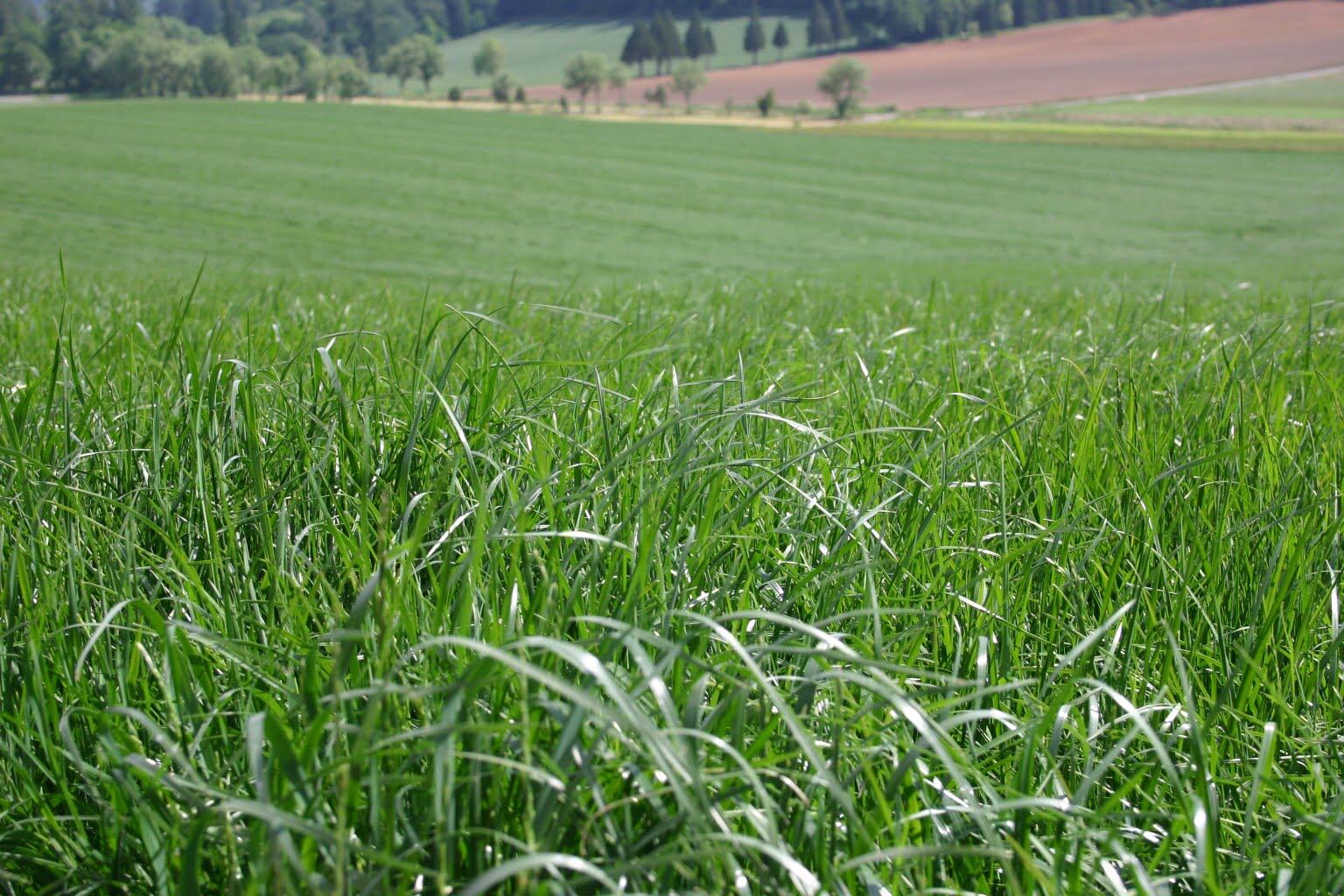
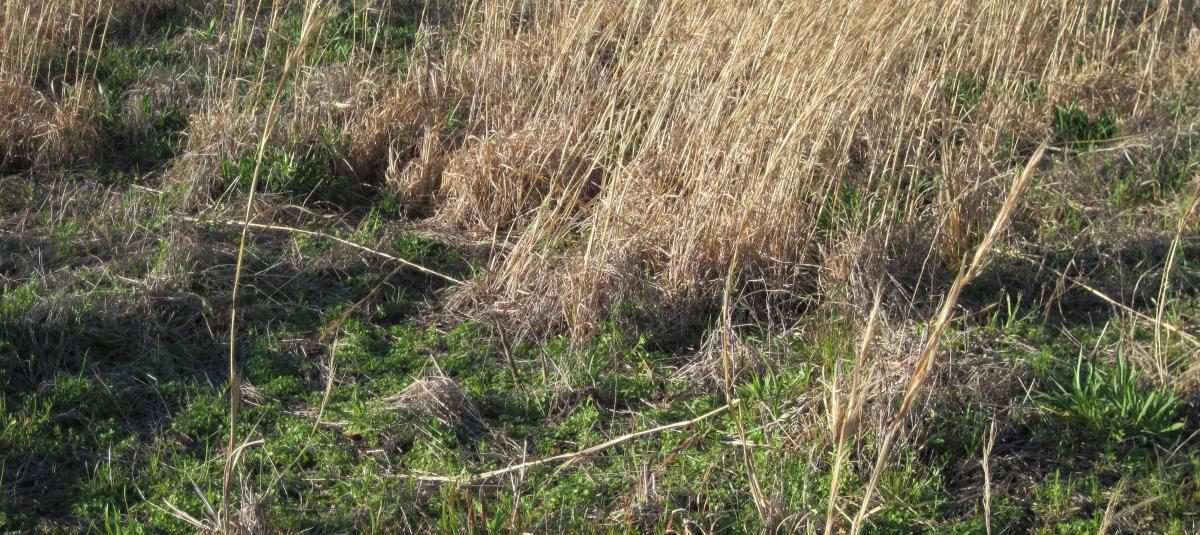
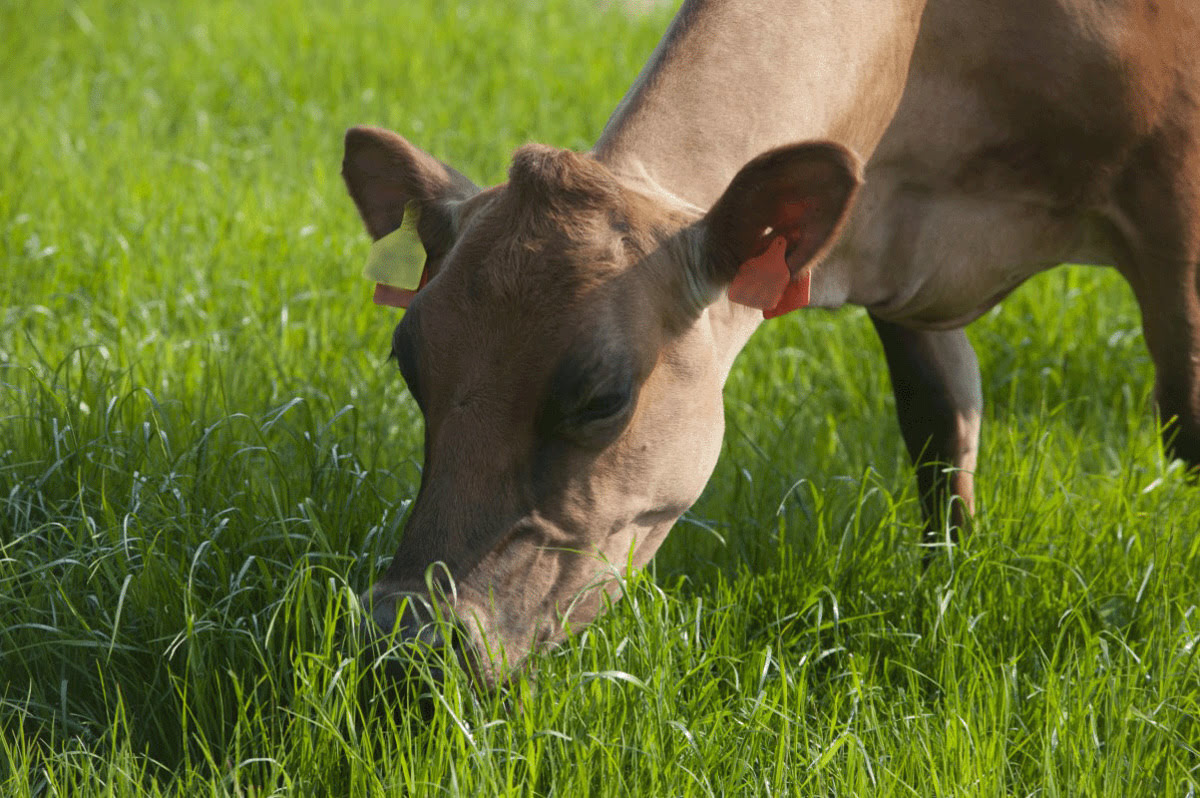
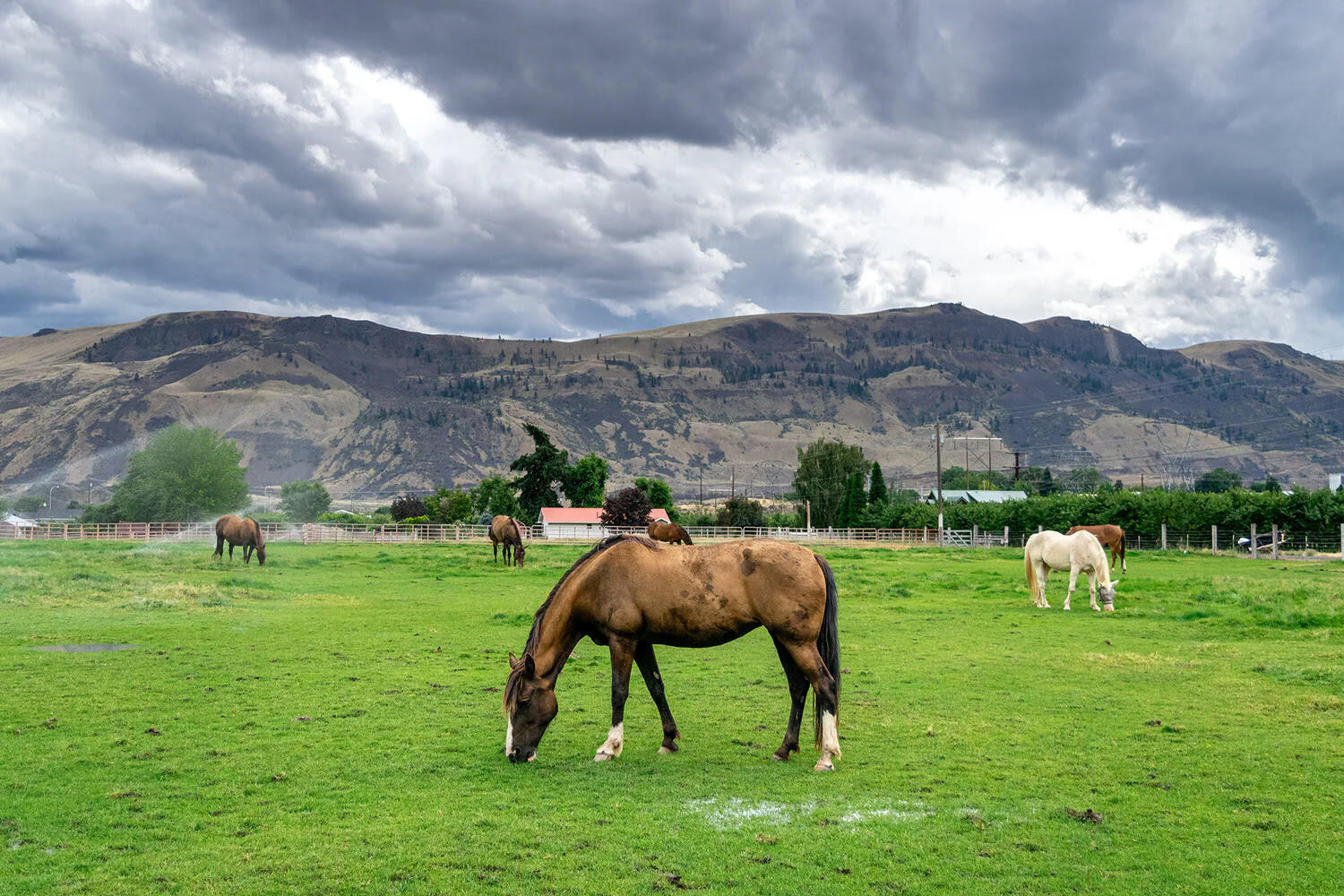
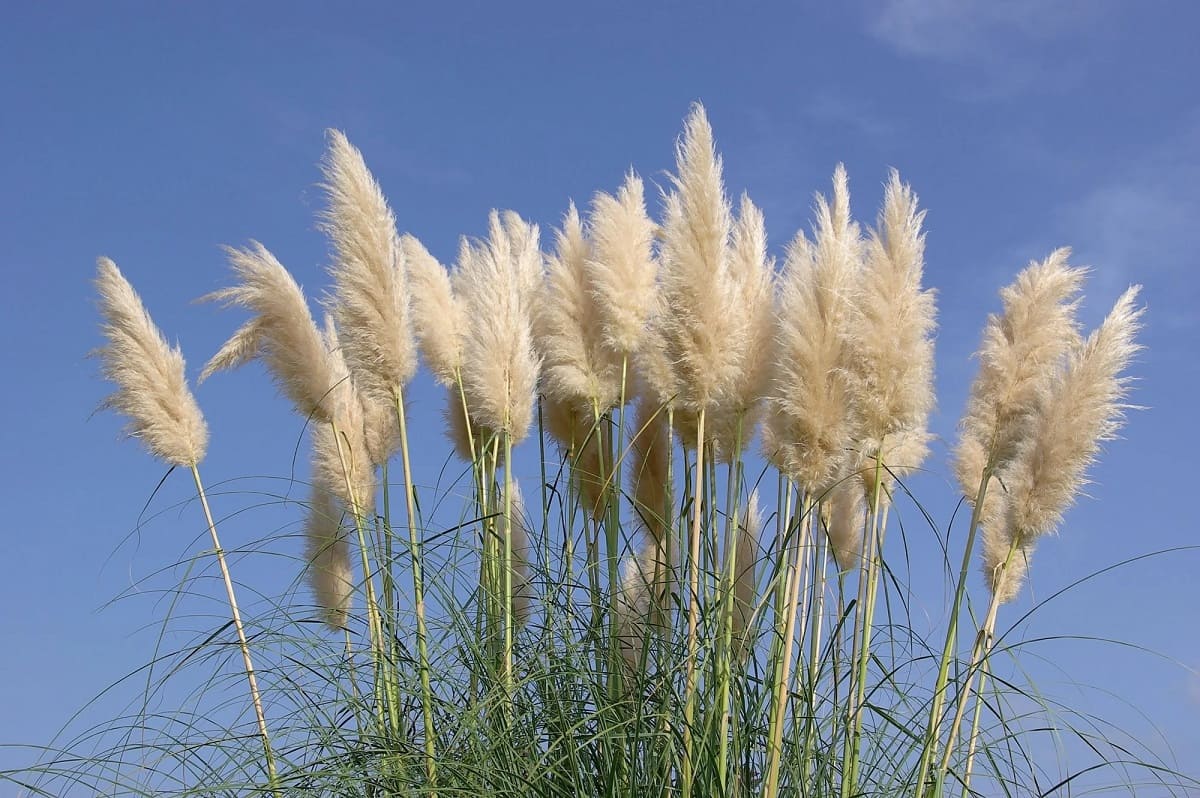
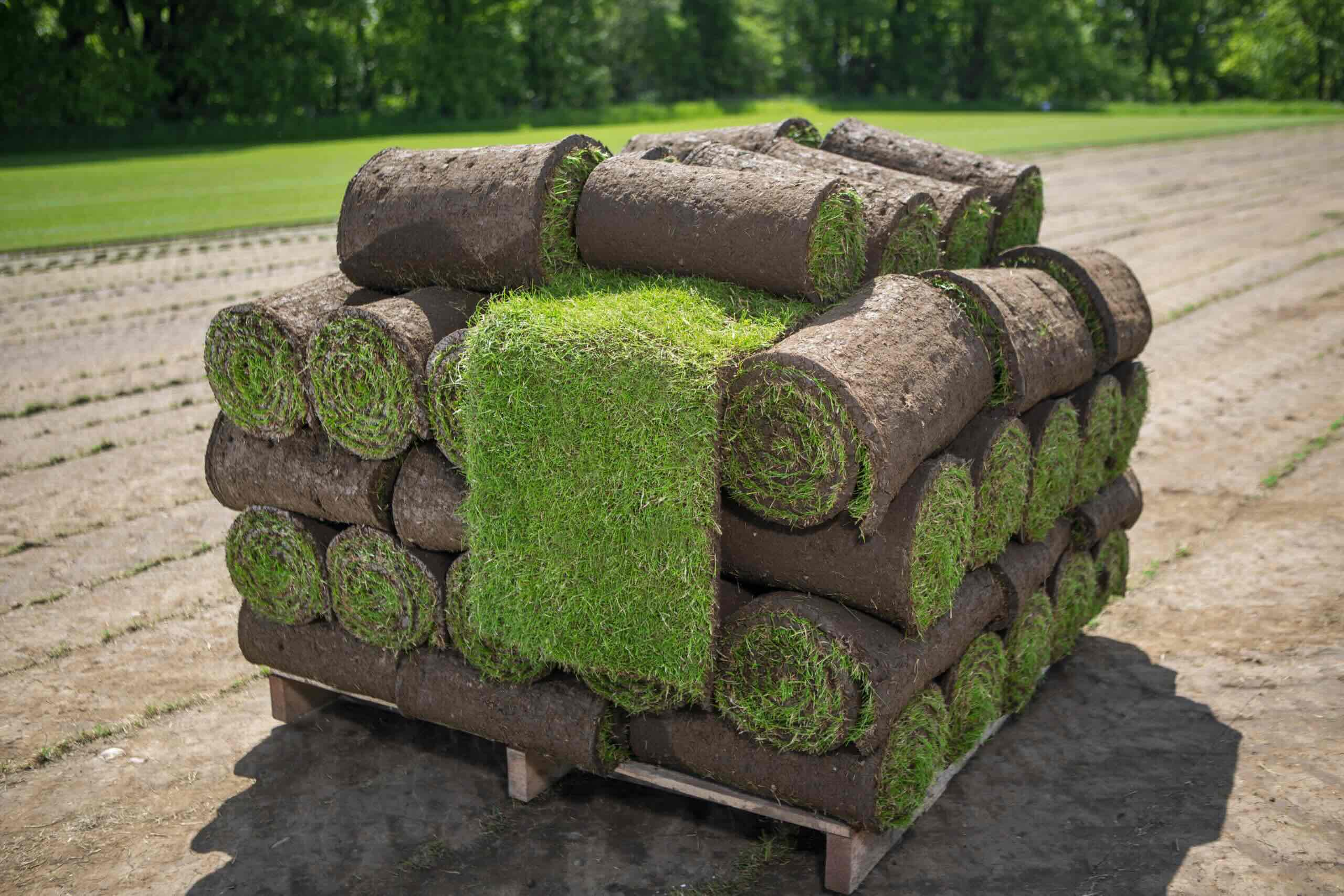

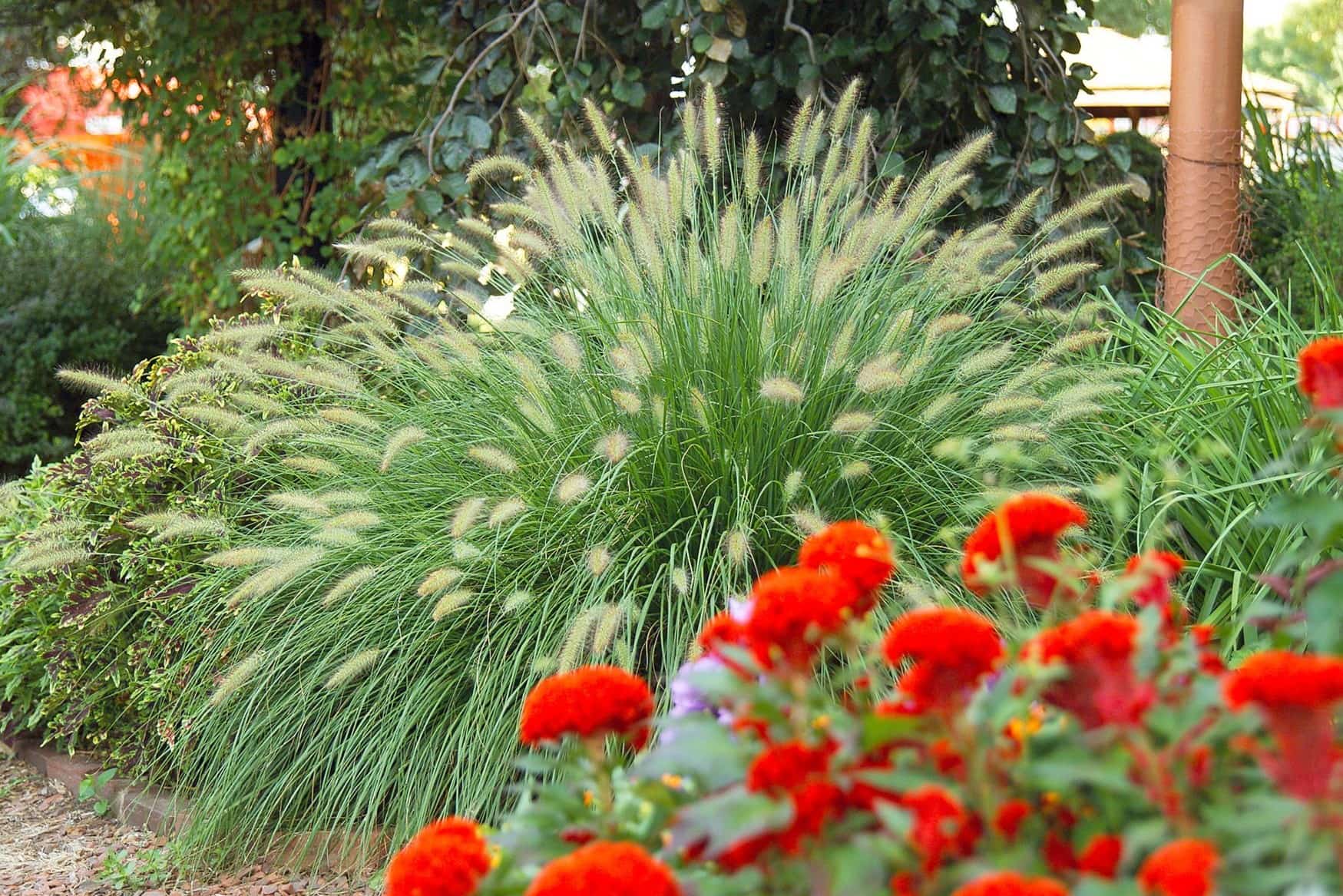
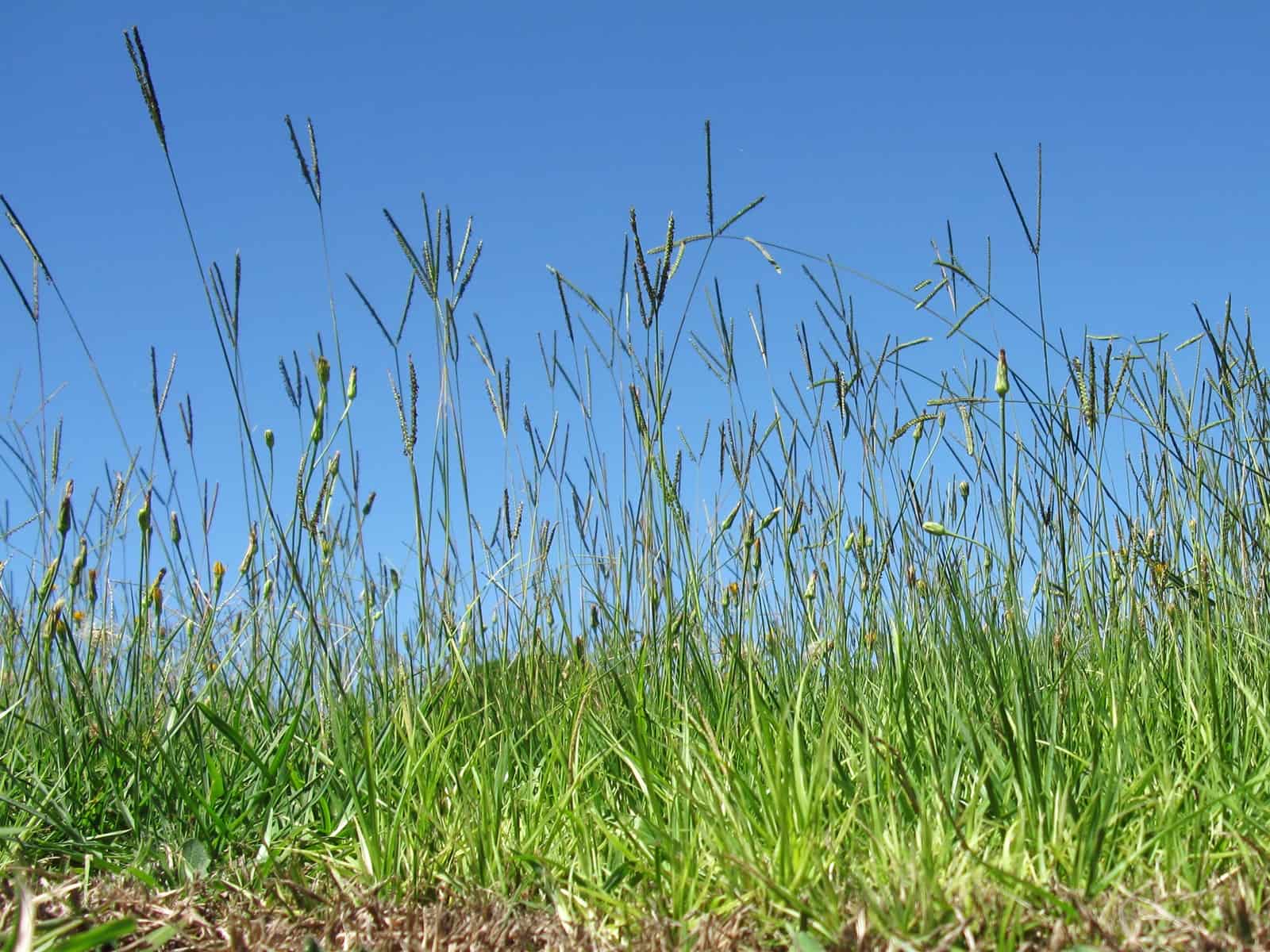
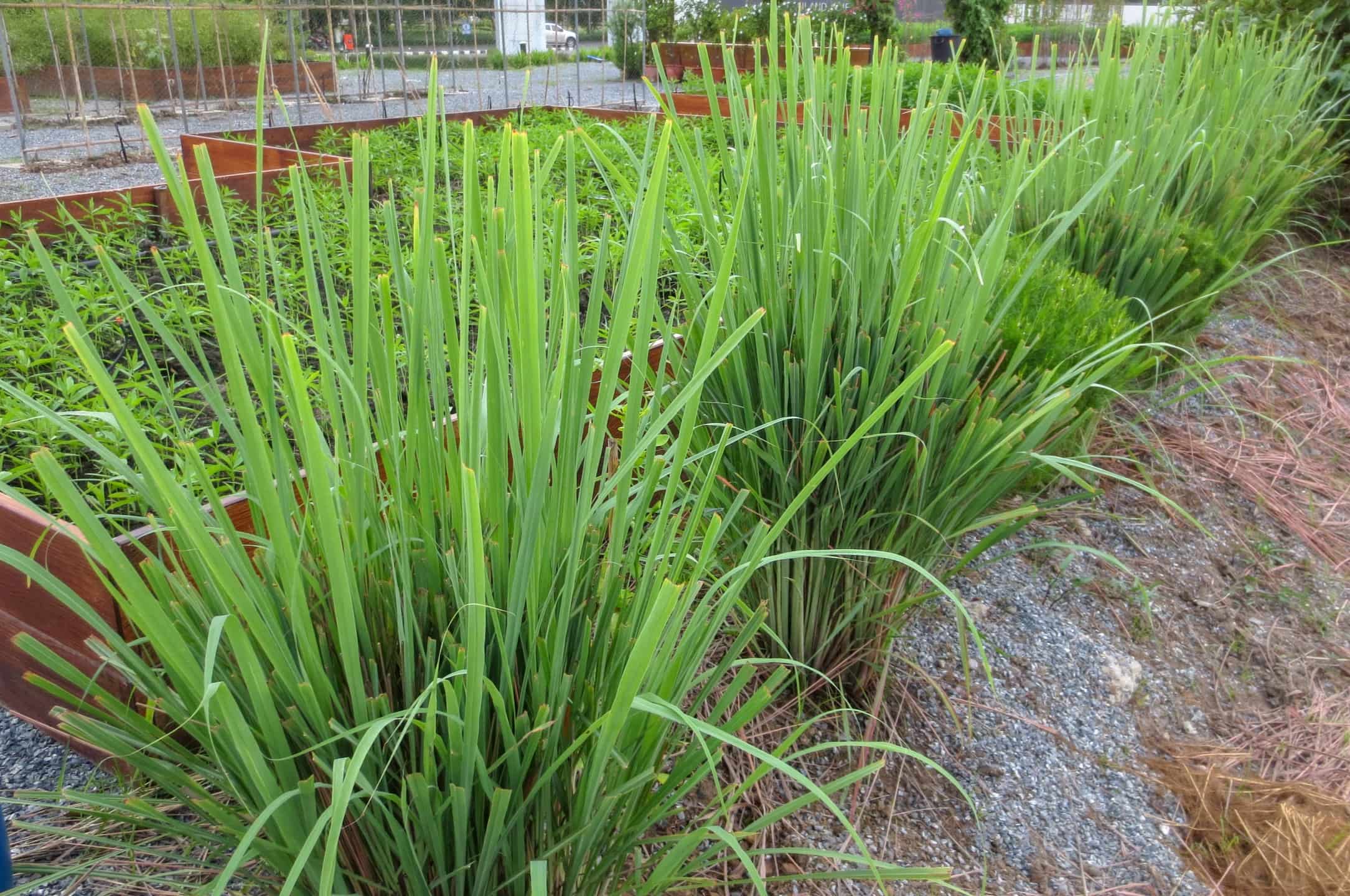
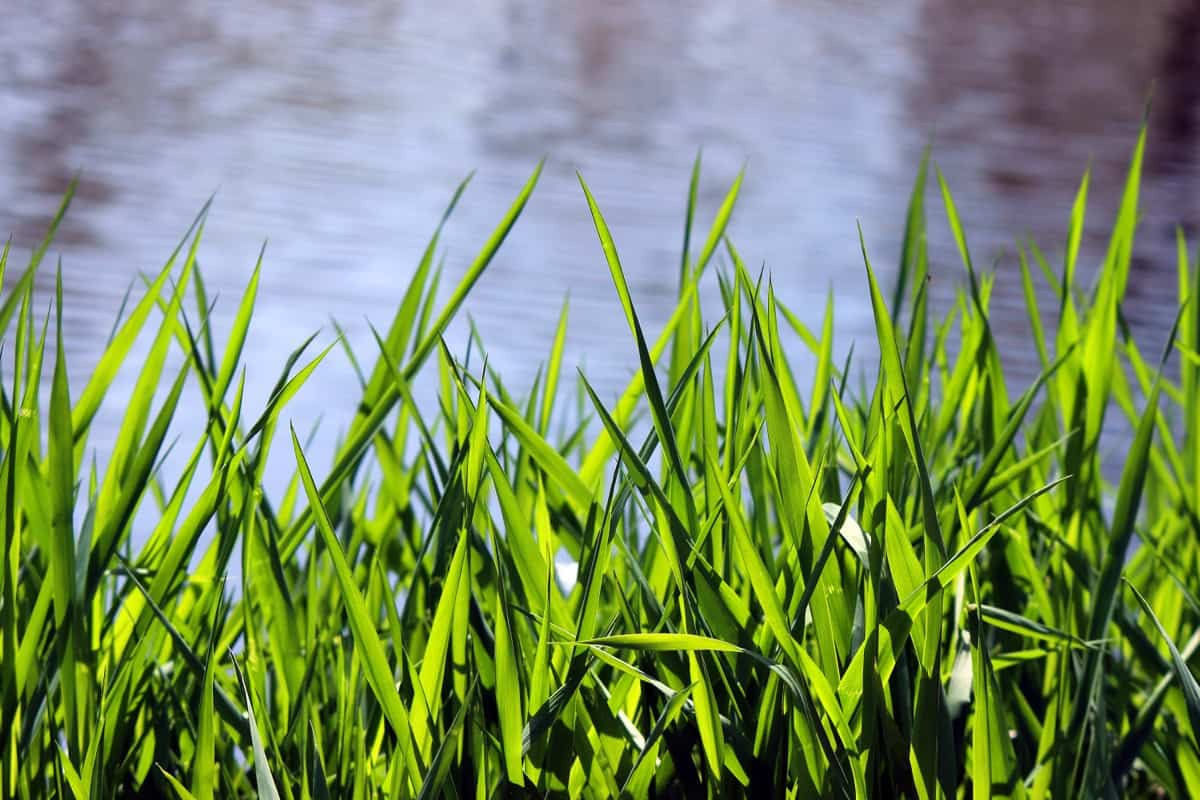
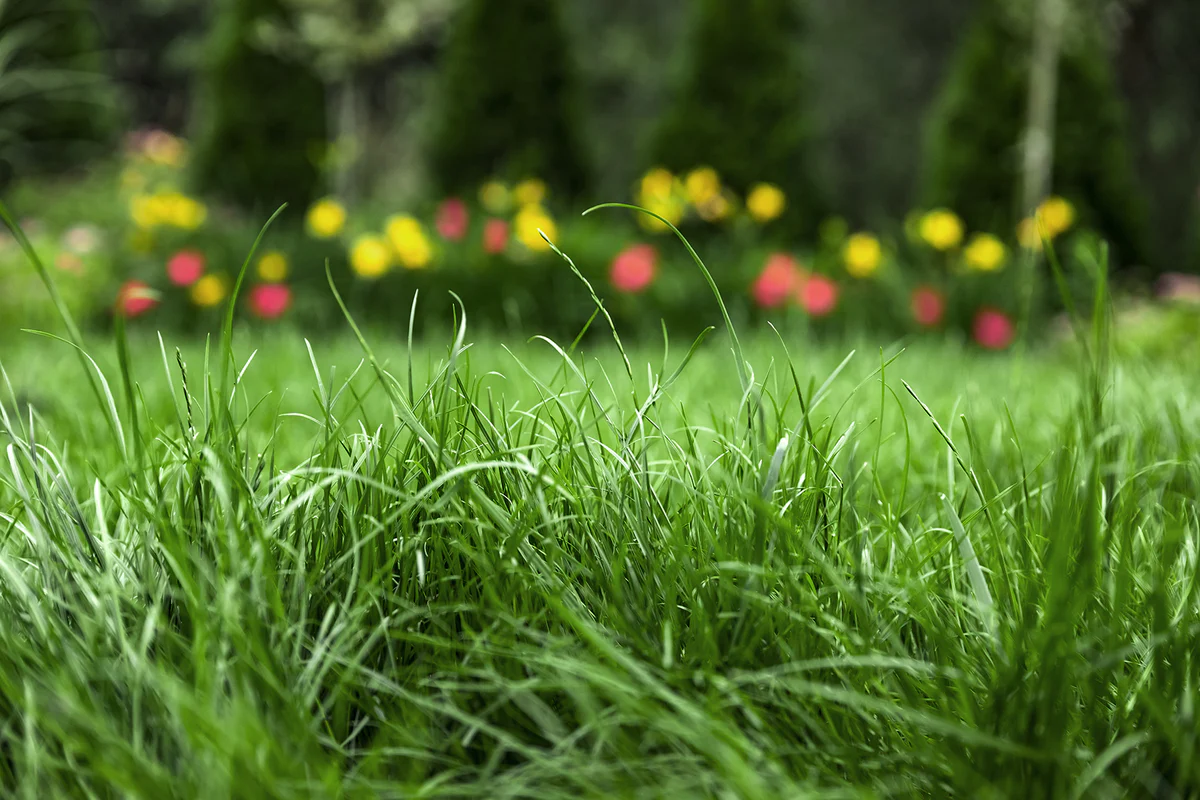

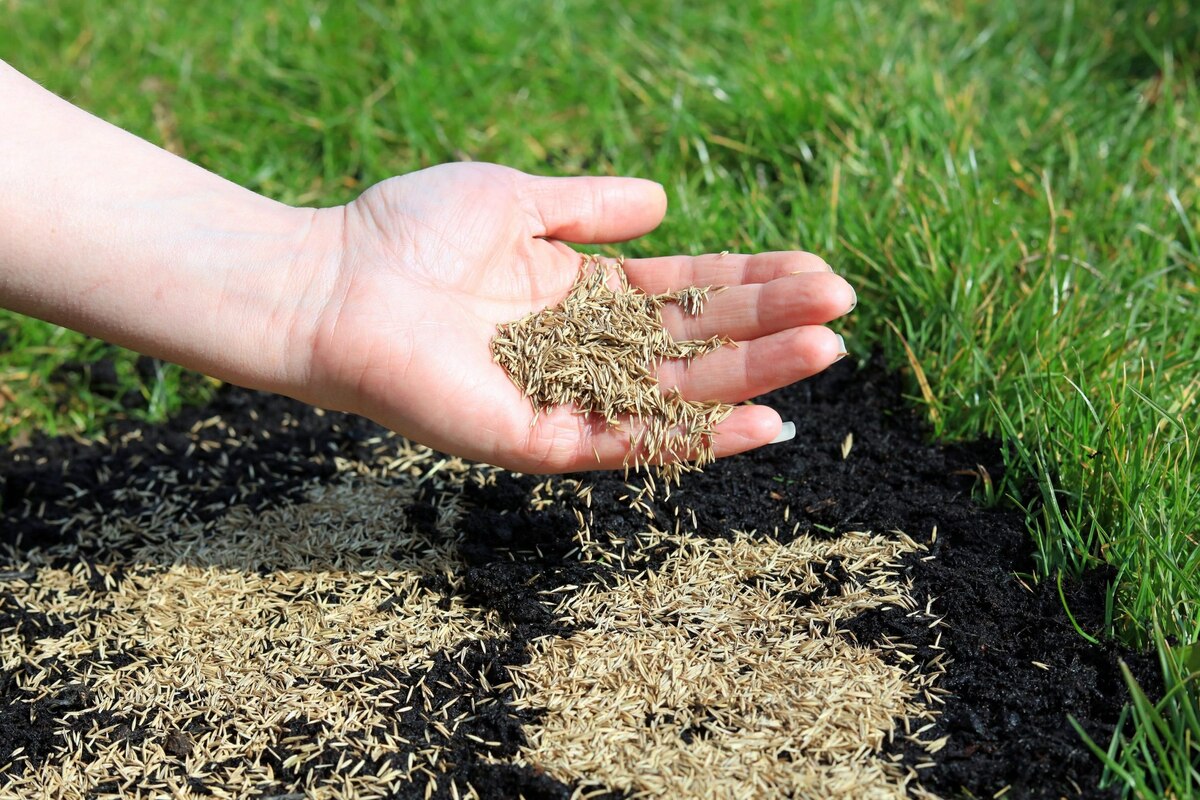

0 thoughts on “How To Plant Pasture Grass”